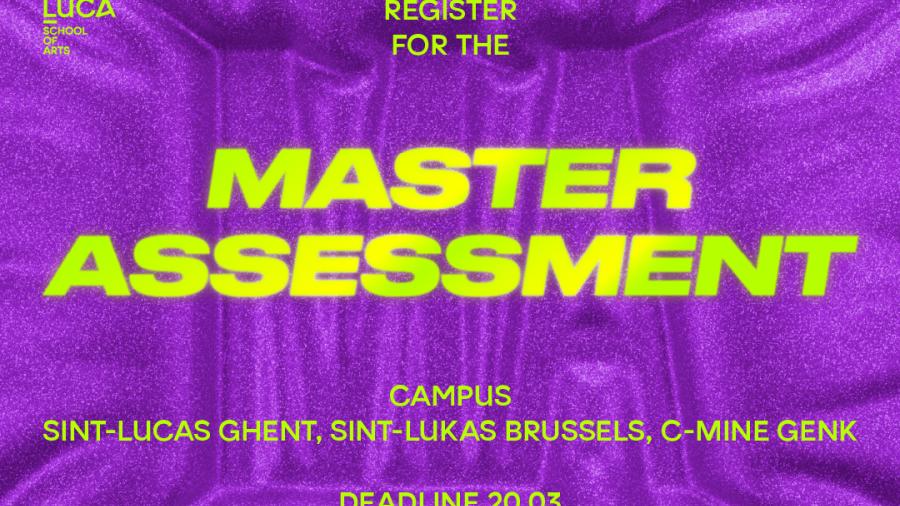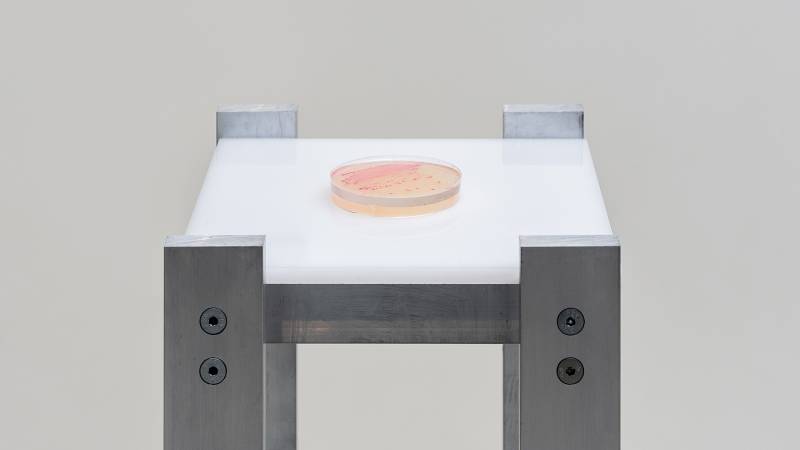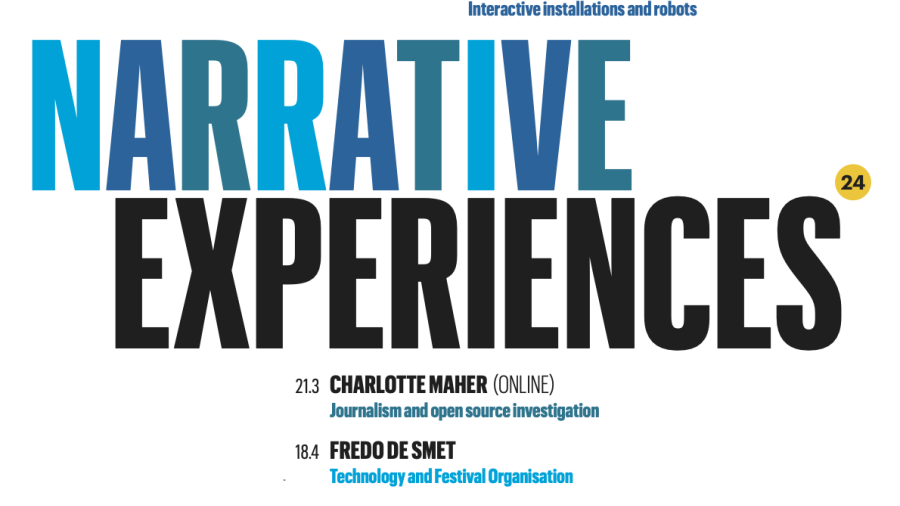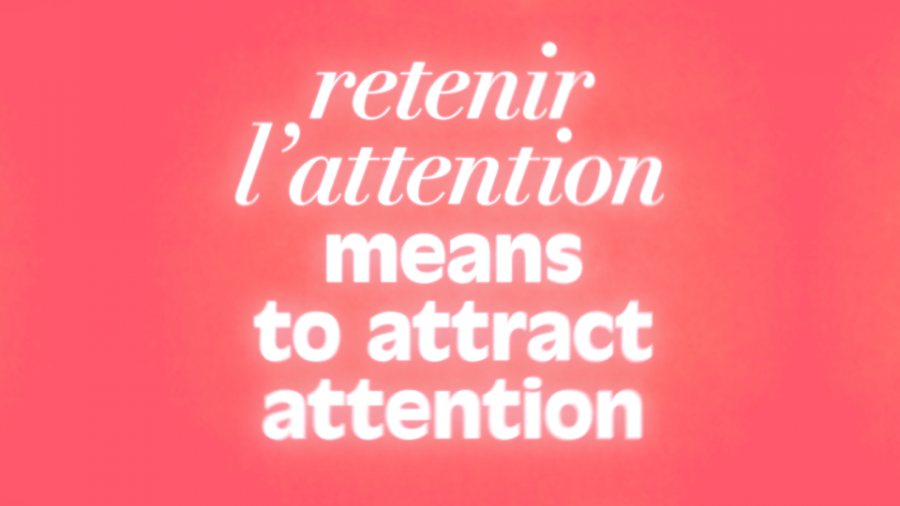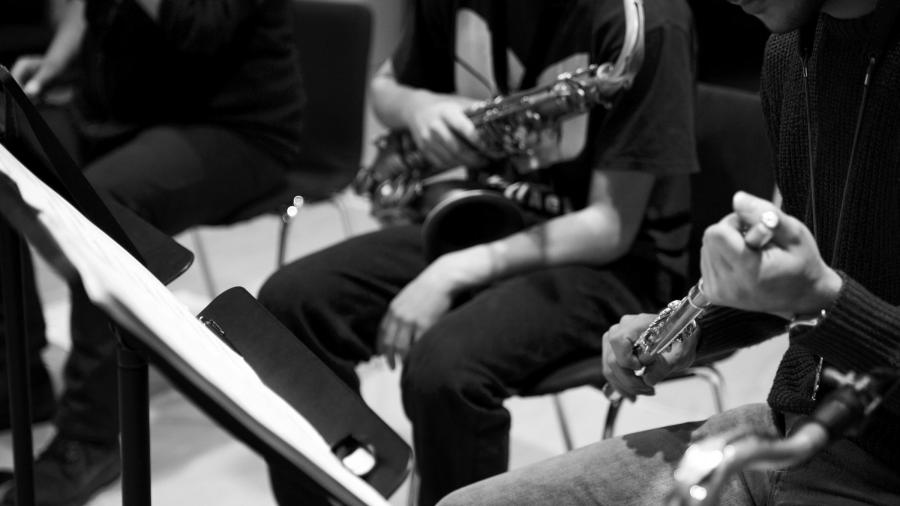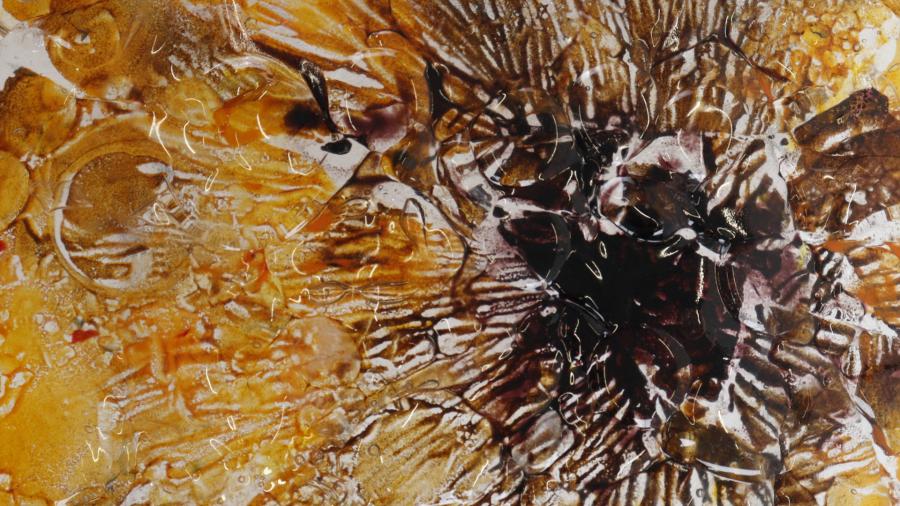Images
LUCA Clarinet
Roeland Hendrikx, conductor
British composer Gustav Holst (1874-1934) wrote his St. Paul's Suite (1913, originally Suite in C) for string orchestra. He named this symphony-in-small after St Paul's Girls' School in Hammersmith where he taught music between 1905 and 1934, and dedicated the work to the school orchestra. The suite contains four movements and begins with a lively, upbeat Jig. As the name of the second movement, Ostinato, suggests, a short, stubborn, self-repeating motif forms the basis. The Intermezzo changes from subdued to exuberant, though the solos that alternate in the different voices continue to provide a minor character. The Finale, a spirited Allegro, provides a playful finale. The attentive listener will no doubt recognize a number of recognizable, interwoven and mutually reinforcing melodies: the sixteenth-century folk song The Dargason and, even more recognizable, Greensleeves.
The Serenade op. 44 by Antonin Dvorak (1841-1904) immediately evokes the atmosphere of Rococo, aristocracy and Slavic folk songs. Dvorak composed the work for a wind ensemble supplemented by a few strings.
We find the same zeitgeist in his Slavic Dance No. 8. Dvorak composed his collection of 8 Slavic Dances along the lines of the Hungarian Dances of his contemporary Johannes Brahms, originally for four-hand piano, but soon after he also set to work on an arrangement for symphonic orchestra. The Slavonic Dances exhibit characteristic elements and patterns from the Czech dances of the time.
With César Franck (1822-1890) we meet one of the most important composers of French musical life of the nineteenth century. He was mostly known for his improvisations after church services, and some of these he included in his Six Pièces, of which Prélude, Fugue et Variation is the third. The Six Pièces are all demonstrations of French symphonic organ music. The Prélude, Fugue et Variation, by far the best known of the six, was dedicated to Camille Saint-Saëns, which is evident in the balanced character of the work. The Prelude is melancholic in nature, while the Fugue is characterized by an accessible, yet impressive polyphonic pattern. Variation a reminder of and a more agile, more broadly developed variation on the Prelude.
20th- and 21st-century American composer Elliot Del Borgo (1938-1913) wrote an oeuvre of around 600 works. Dodecaphonic Essay was constructed in the dodecaphonic composition technique or "twelve-tone technique. The basis of this technique is that the composition is composed exclusively of twelve tones within a chromatic series. This contemporary composition begins and ends with a slow, catchy theme that contrasts sharply with the fast middle section. The constant changing of time signifies a committed performance.
Programme LUCA Clarinet
Holst, Gustav: St-Paul’s Suite
Franck, César: Prélude, Fuga & Variaties
Dvorak, Antonin: Andante con Moto (from Serenade opus 44)
Del Borgo Elliot: Dodecaphonic Essay
Dvorak, Antonin: Slavische dans nr. 8
LUCA Sax
Tom De Haes, dirigent
De ouverture bij de opera La forza del destino (de kracht van het noodlot) van Giuseppe Verdi (1813-1901) wordt vaak als zelfstandig, op zich staand werk uitgevoerd en dat werd aanvankelijk ook door Verdi zo voorzien. De ouverture start met drie krachtige akkoorden die meteen de aandacht van het publiek trekken. Doorheen de ouverture integreert Verdi al meteen de drie hoofdthema’s van de opera.
De drie bewegingen in Three Images van Joel Love (1982) verkennen elk een eigen klank- en kleuridioom. ‘Spring’ verbeeldt aan de hand van drie eenvoudige melodieën een onschuldig voorjaarslandschap. ‘The Golden Hour’ verklankt een ondergaande zon. Naar aanleiding van het derde deeltje, ‘Bed monsters’, vertelt een anekdote hoe de vrouw van Joel Love hier de muzikale weerklank hoorde van het monster uit haar jeugd dat zich ’s avonds onder haar bed verschool. In werkelijkheid had Love de intentie om de jacht van een roofdier te verhalen.
Pictures at an exhibition van Modest Moussorgsky behoort tot de muzikale canon van de pianoliteratuur. Later verschenen verschillende bewerkingen voor tal van bezettingen. Het werk is een impressie van een aantal schilderijen van de Russische schilder Viktor Hartman.
LUCA Sax wil op 9 maart 2023 tot uw verbeelding spreken. Kom ontdekken hoe componisten het noodlot, de lente, de zonsondergang of monsters onder het bed in muziek verklanken. Of kom ervaren hoe de magistrale “Schilderijententoonstelling” van Modest Moussorgsky, naar schilderijen van Victor Hartmann, klinkt door een enthousiast veertienkoppig saxofoonensemble.
Programme LUCA Sax
Giuseppe Verdi (arr. Tom De Haes): La forza del destino, ouverture
Joel Love: Three images
Modest Moussorgsky (arr. Joe Clark): Pictures at an exhibition
LUCA organizes about 25 concerts every year. Solo recitals, chamber music, choral and orchestral works as well as the large symphonic repertoire from a period spanning more than four centuries are alternately discussed.
In addition to these concerts, you can also regularly see students at work during bachelor's and master's theses and on concert theses. These are freely accessible to the public.
